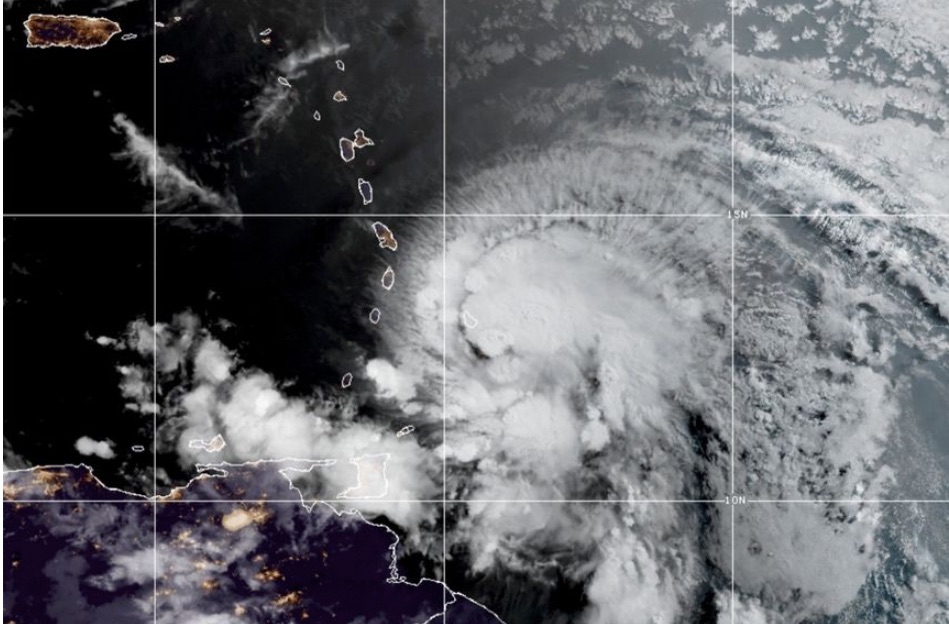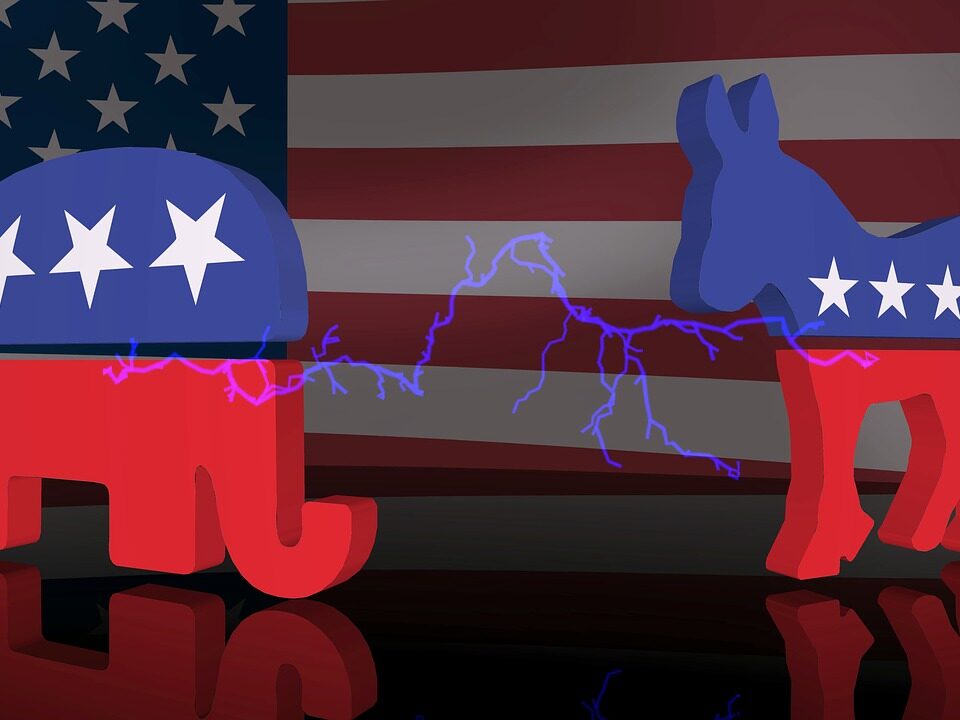Government Nudge Squad Questions
September 28, 2015Part 1: Understanding the Student Loan Crisis
September 30, 2015You probably would have guessed that Jurassic World was this summer’s biggest blockbuster. And yes, according to CNN, it “smashed” international and domestic box office records.
There is only one problem. It didn’t.
Where are we going? To how the film industry needs to understand inflation.
But first, let’s see what makes a blockbuster film.
Blockbuster Ingredients
Looking back at blockbusters from 1975 to 2013, fivethirtyeight identified their “defining features.”
First we have genre. Forty-six percent of all blockbusters were action movies. But because a film typically is assigned several genres, the numbers in the following graph do not add up to 100 percent:

Next, action scenes are basic to the blockbuster formula. Below you can see that chase scenes, scary falls, and explosions are each in more than a third of all blockbusters.

Based on the trend, I guess we can expect to see more exploding bodies next summer:

Interestingly, we have more murder (below) and exploding bodies (from the previous graph) but, as fivethirtyeight points out, there is less blood and gore:

Our Bottom Line: Inflation
Officially defined as May 1 through Labor Day, the summer blockbuster season was called a record setter–the second best ever. With ticket sales close to $4.48 billion, they were reported as close to the top. Those numbers though are nominal. They indicate current ticket prices.
However, because ticket prices can rise from one year to the next, a bigger total does not necessarily mean more tickets were sold. And that is exactly what happened. According to Box Office Mojo, a website that takes account of inflation when it compares movie industry revenue numbers, this year was #17. Using 1982 through now as its data base, they put 2002 at the top:

From: Box Office Mojo
As for how well individual films fared, Gone With the Wind is the all time top. Jurassic World was #28.

Box Office Mojo used an average $8.39 2015 ticket price to calculate Gone With the Wind’s adjusted gross.
![econlifelogotrademarkedwebsitelogo[1]](/wp-content/uploads/2024/05/econlifelogotrademarkedwebsitelogo1.png#100878)



